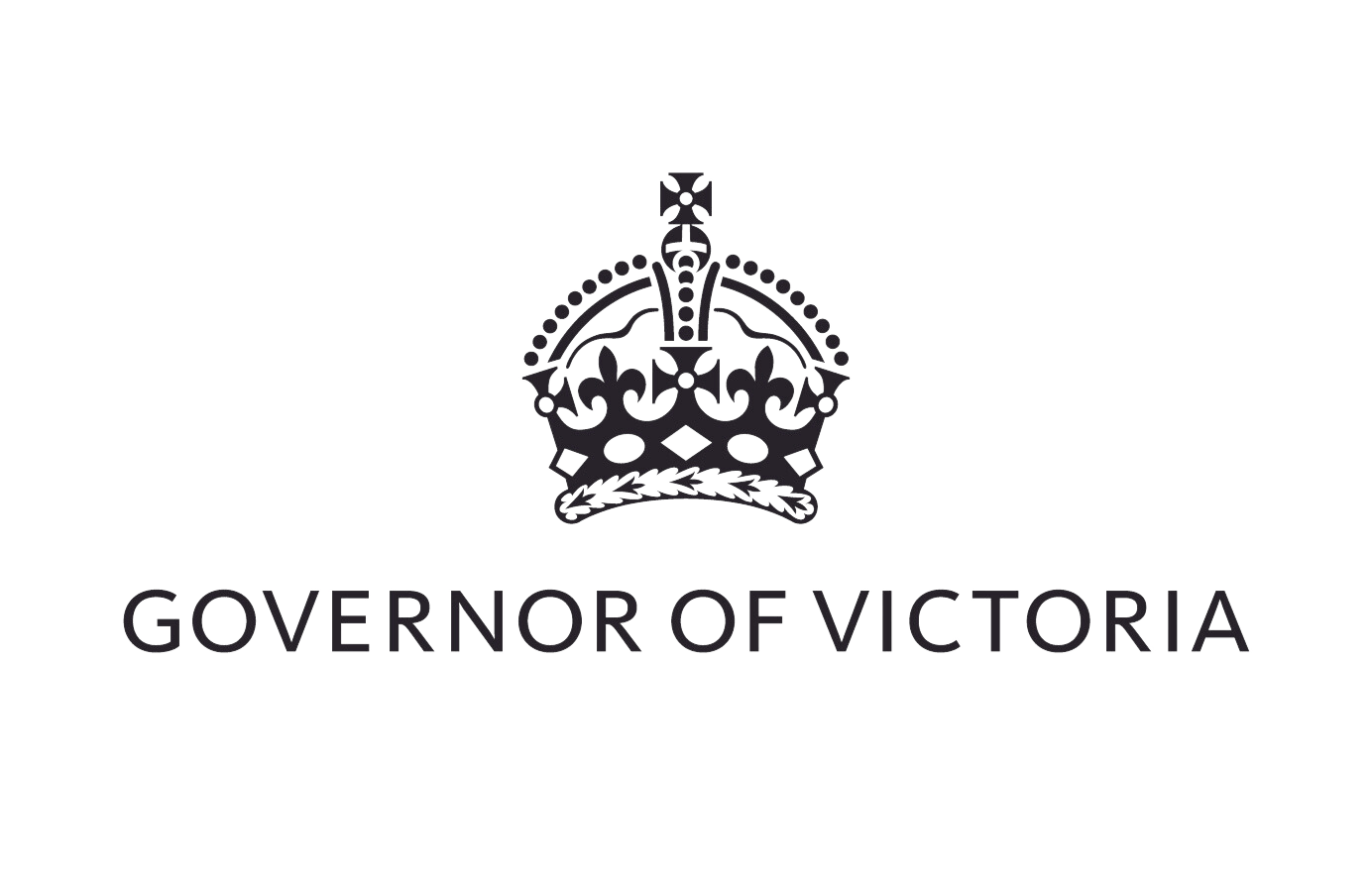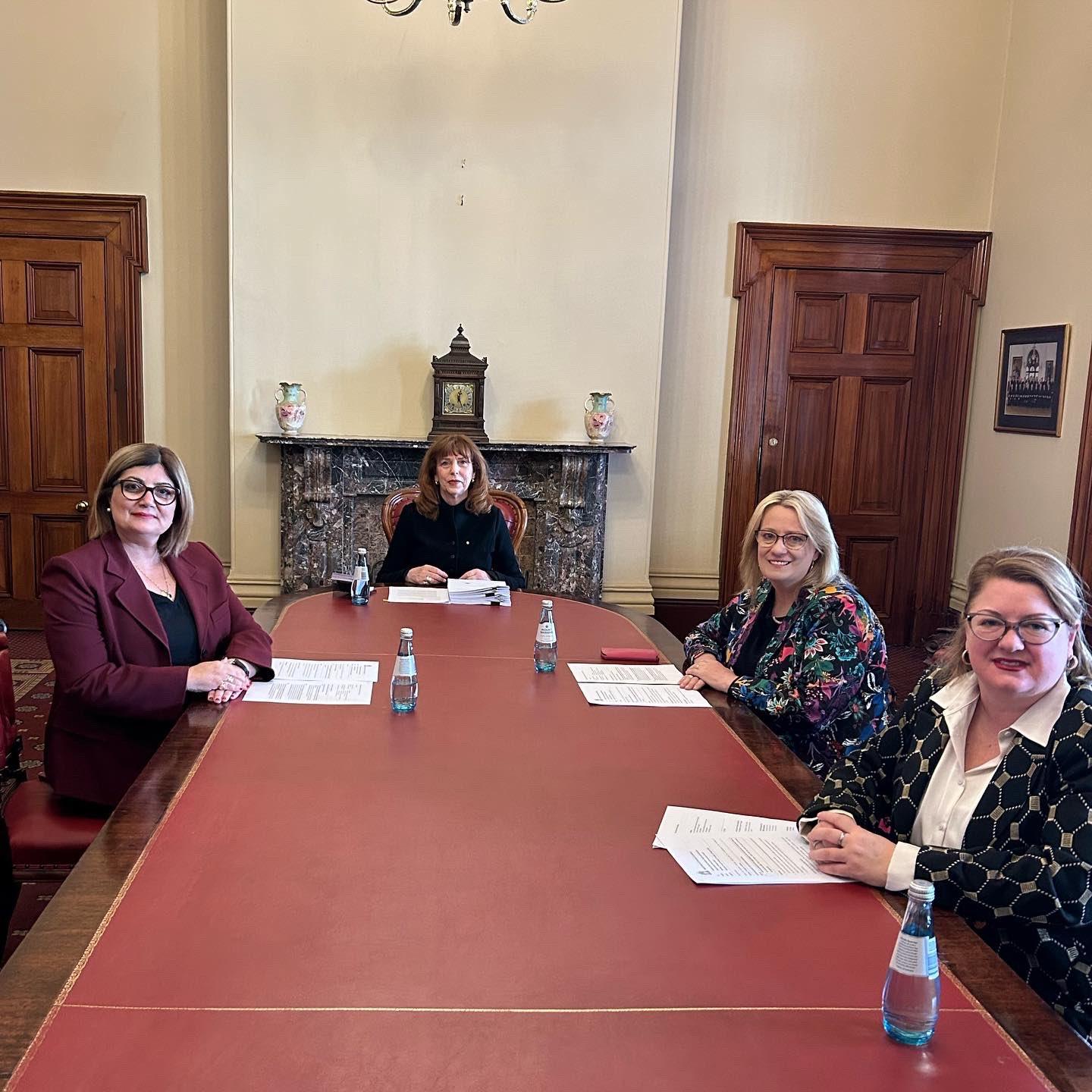
Learn about the Governor’s role in giving Royal Assent to Bills and chairing the Executive Council
This week Her Excellency Professor the Honourable Margaret Gardner AC chaired her first meeting of the Executive Council as Governor of Victoria.
As Governor, Professor Gardner plays an important role in Victoria’s constitutional democracy, which is one of the longest standing continuous democracies in the world.
Chairing the Council is a central feature of this responsibility, and one that the Governor will perform regularly during her tenure.
Executive Council
The Executive Council is made up of the Premier and their ministers. A minimum of two Ministers are required to attend the meeting for decisions to be valid.
The Council operates in a similar manner to the Privy Council in the United Kingdom, which acts as an advisory body to The King. Like in Victoria, all UK Cabinet Ministers are Privy Counsellors – however, other individuals may also be members of the Privy Council, and are appointed for life.
In a meeting of the Executive Council, the Council advises the Governor on the use of their powers, known as ‘Governor in Council’. These meetings deal with specific matters such as the making of regulations, the appointment of judges, and the determination of the use of Crown land, among others.
In 1986, the passing of The Australia Acts confirmed that the State powers are to be exercised by the Governor and not The King. Therefore, the Governor acts on the recommendation of a Minister and the advice of the Executive Council, and is not subject to the direction, supervision or veto of the Monarch.
Ahead of the meeting, recommendations from Ministers are delivered to the Governor by the Clerk of the Executive Council. The Governor has the right to be consulted by their Ministers, to encourage them and to warn them. However, they are not the decision-maker – it is the Minister who is ultimately accountable to Parliament.
Royal Assent
The Governor also gives Royal Assent to Bills passed by both Houses of Parliament. This refers to the formal approval of the Governor, which creates an Act of Parliament, thereby becoming the law of Victoria.
Ahead of Royal Assent, the Clerk of the Executive Council and the Attorney-General will sign the Bill, before the Governor signs two copies, which are then sealed with wax. In lieu of the Governor, the Lieutenant-Governor or the Administrator may sign on their behalf. The Clerk then publishes the declaration of assent in the Government Gazette.
Once Royal Assent is provided, the Bill will take effect immediately, unless a specific time is stated. The Governor cannot refuse to give Royal Assent for political or personal reasons.
History of the Executive Council and Royal Assent
In 1851, the Executive Council was made up of the Lieutenant-Governor and four appointed officials. The number of advisory officials grew in the following years. Responsible government was introduced in 1855 and the Victorian Constitution Act stated that at least four of a total of seven principal officers had to be Members of Parliament.
By 1859, the Officials in Parliament Act changed the structure of the Council so that officers appointed by the Governor as Ministers were to be members of the Executive Council.
Royal Assent has only been refused twice in the history of Victoria, with both incidents occurring under the tenure of Governor Sir Henry Barkly, on the advice of the government of the day. One incident related to the Oaths of Office Bill 1857, and the other related to a Duration of Parliament Bill which had been passed with incorrect procedures in 1858.
In the early days, the Governor would come into the Legislative Council chamber to give Royal Assent in-person. This process continued until 1878, where assent for some Bills was given remotely at the Government Offices, as was done in other states at the time
Before 1986, it was possible for royal instructions to specify that certain categories of Bills were reserved for the Royal Assent of The King or Queen, not the Governor.
Find out more about the role of the Governor in Victoria.

